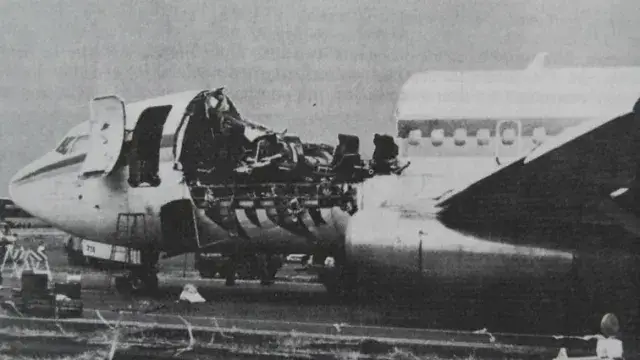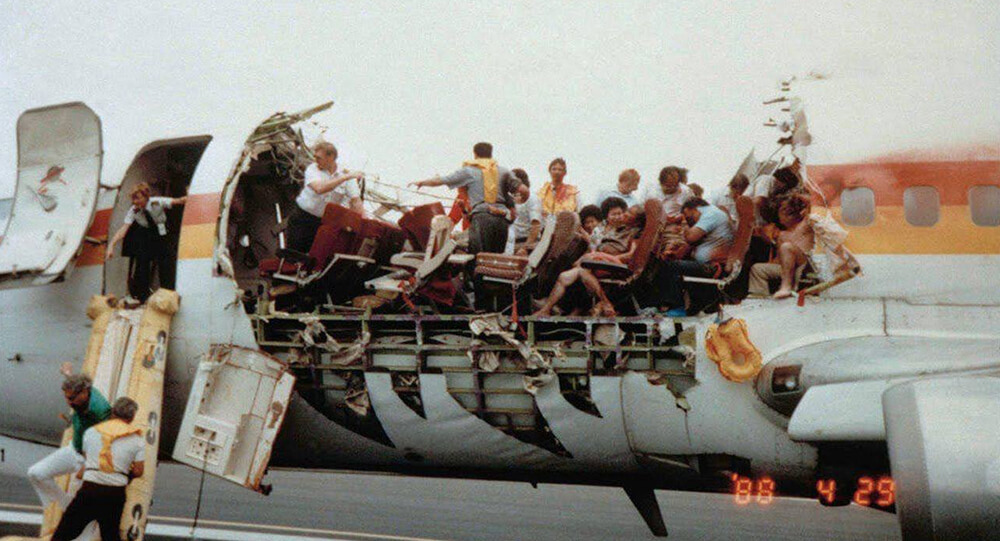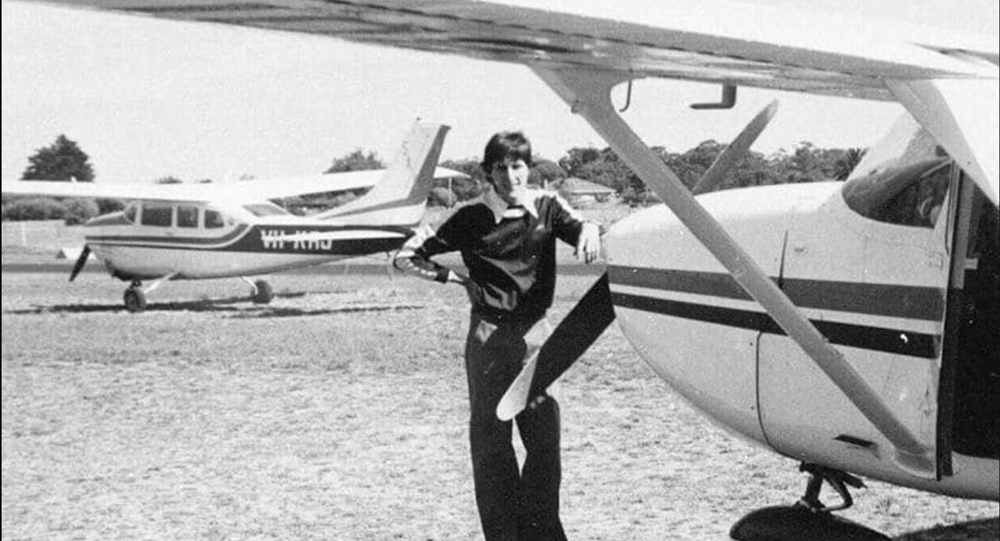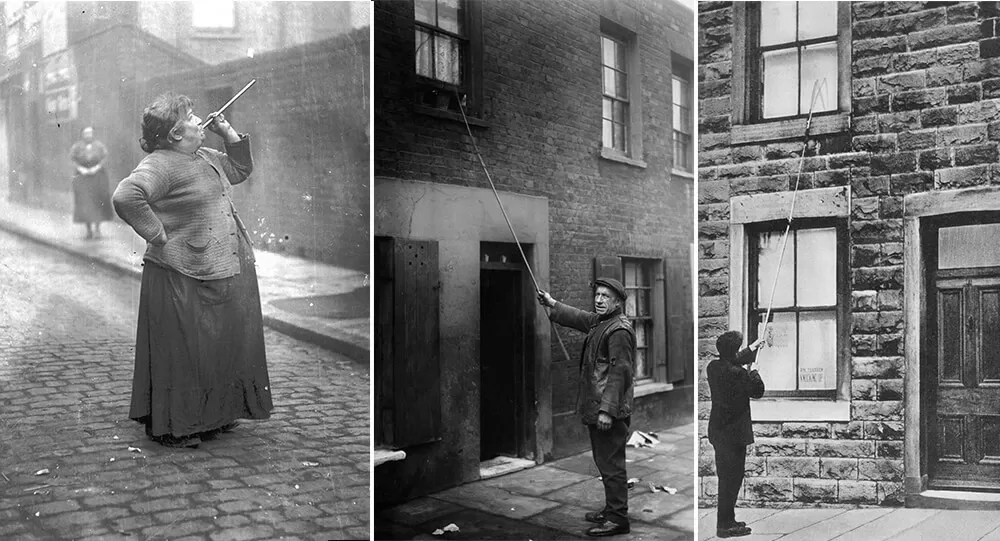The Boeing 737-200 of Aloha Airlines, an American company with headquarters in Honolulu, Hawaii, was on the runway that Thursday at 1:20 pm finalizing the details of the positioning and getting ready for takeoff.
Five minutes later, on a traditional sightseeing flight, the co-pilot Madeleine Tompinks—one of the few women pilots in the US at the time—and the captain Robert Schornsteimer lift off from Hilo, Hawaii, bound for Honolulu, the state capital.
With 90 passengers and 5 crew, Flight 243 had taken off and was starting to ascend. It took off, reached a cruising altitude of 24,000 feet after 21 minutes of flight, and was getting ready to resume its regular route to Honolulu. But the reverse took place.

When the aircraft got to cruising altitude, it had an explosive decompression that blew off a lot of the side fuselage and part of the roof. A third of the passengers were left exposed, subject to furious winds and temperatures of 20 degrees (Celsius) below zero, as the plane began to move from the front to the wings.
Clarabelle Lansing, the cabin manager, was ejected from the aircraft automatically. Since his body was never discovered, it is likely that he perished when he fell into the water. In the midst of a string of miracles, there was a tragic death. because the light signal had not been turned off, and the rest of the passengers and cabin crew were still buckled up.
There were other miracles as well. Every effort was made to keep the aircraft’s metal from breaking under the strain. Only the lower racks of the cargo compartment connected the captain’s cabin to the rest of the aircraft, and it was tilted downward slightly. The 94 people who were still on board the Boeing 737-200 could have perished at any time if it had come off.

Despite the explosion’s noise and his confusion, Schornsteimer was able to call for an emergency landing at Kahului Airport in another Hawaiian city and start the descent of a plane that was in danger of collapsing at any moment.
Nevertheless, the commanders continued to descend for 13 minutes until they spotted the airport and began to prepare to land, all the while dozens of terrified passengers watched what was happening around them and waited to see if they would survive or not.
In spite of everything, the landing gear moved. The pilot and co-pilot successfully landed the damaged Boeing.
The commanders were forced to prepare for a high-speed landing because they were unable to slow down due to the damage to the aircraft, further jeopardizing the safety of the craft and those on board when they landed. However, despite all odds, the landing gear moved. Copilot Tompinks and Schornsteimer were able to safely land the damaged Boeing.
To see is to believe.
Images of a plane that had just landed on the runway with a third of its fuselage detached and passengers traveling inside it without a roof, as if it were an urban tourism bus, must have been shocking to the Kahului airport staff and the passengers who were in the terminal.
Lansing was the only person to have removed her seat belt prior to the explosion that ejected her into the air and into the water, likely to begin on-board duty. Lansing’s death was the only one accounted for by the accident.

A subsequent investigation found that metal fatigue was to blame for the aircraft’s failure. After 20 years of service, the aircraft had already experienced “unusual vibrations” during takeoff. The manufacturer had estimated a useful life of about 75,000 flights, but the aircraft had already flown 89,680.
The upper panels of the fuselage’s forward section undoubtedly cracked as a result of this excessive use. In fact, one of the survivors claimed to have noticed what she believed to be a surface crack near the gate.
The episode, one of the most famous in commercial aviation history, was reenacted in the first episode of Mayday: Air Disasters’ third season as well as in the 1,000 Ways to Die book series’ “Aspirated Stewardess” chapter. Additionally, it was explained in the CBS film Miracle Landing.







